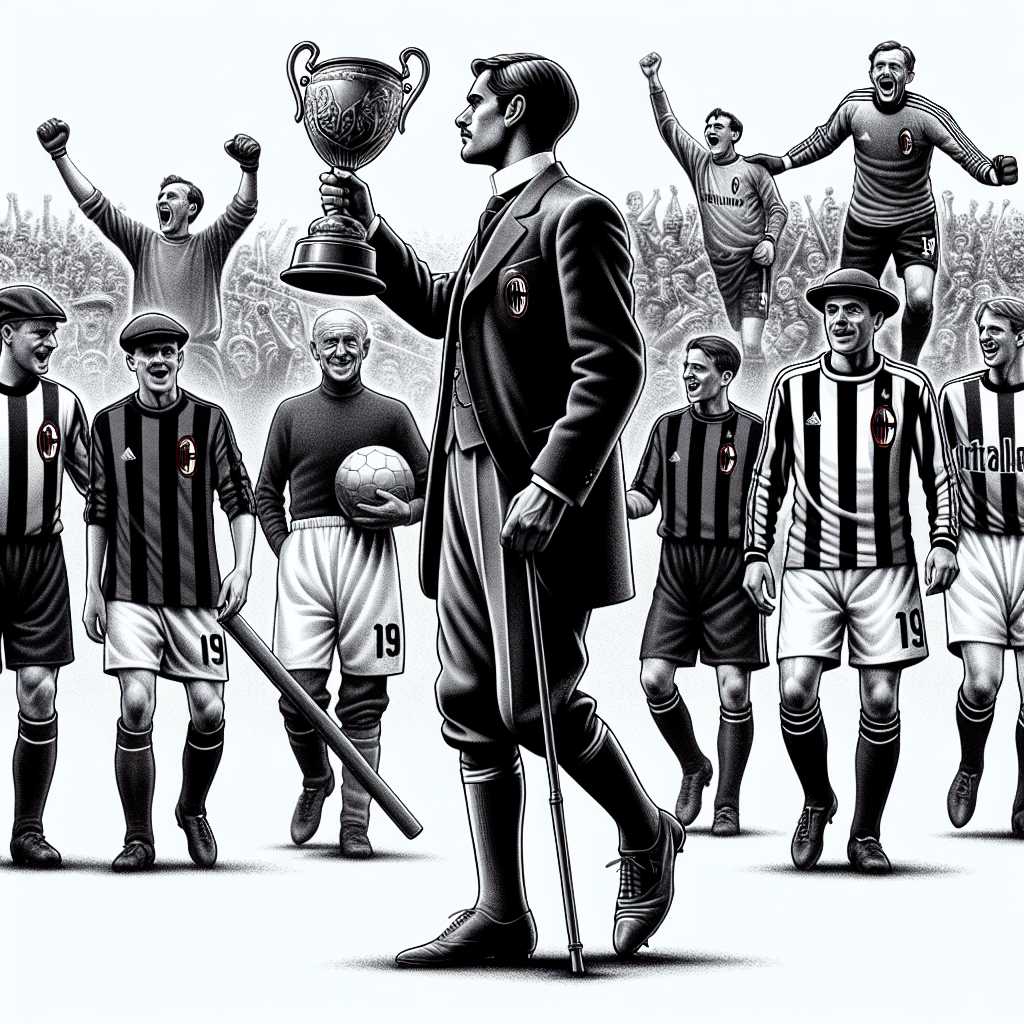The Legacy and Evolution of AC Milan: A Historic Football Institution
AC Milan, officially known as Associazione Calcio Milan, has long been synonymous with Italian and European football royalty. Regarded as one of the sport’s most prestigious clubs, AC Milan’s story is interwoven with historical moments, legendary figures, and remarkable achievements that have shaped modern football. In this extensive exploration, we examine the club’s origins, its path to glory on both domestic and international stages, its unique cultural impact, and an empirical view on the current state and future prospects of the Rossoneri.
A Storied Founding and Early Glory
AC Milan was formed on December 16, 1899, by English expatriates Alfred Edwards and Herbert Kilpin, who desired to create a football club that incorporated both British sporting principles and Italian culture. The club quickly became a pillar of Italian football, securing its first national championship in 1901. The establishment of San Siro stadium in 1926, which it currently shares with city rivals Internazionale (Inter Milan), also marks a significant chapter in the club’s beginnings—one that set the stage for AC Milan’s transformation into a football powerhouse.
The Golden Years: Domination in Italy and Europe
AC Milan’s rich history boasts periods of remarkable success known as the golden years. The team reached new heights under coaches like Nereo Rocco and Arrigo Sacchi, who introduced innovative tactics that revolutionized how the game is played. The latter part of the 20th Century saw AC Milan affirming its superiority with numerous Serie A titles, Coppa Italia trophies, and prominent European honors—including seven UEFA Champions League/European Cup triumphs.
The legacy of the formidable players that have donned the red and black shirt is enduring. Legends such as Paolo Maldini, Franco Baresi, Andriy Shevchenko, and Marco van Basten are just some of the names that have contributed to Milan’s decorated past. Thanks to these stalwarts, AC Milan is globally renowned for its compelling brand of attacking football and staunch defensive dominance.
The Cultural Impact of an Iconic Club
AC Milan has impacted not just on the pitch but also in wider society. The club’s connection to fashion powerhouse Milan lends itself to a unique cultural identity within football—where style meets substance. AC Milan’s popularity around the globe speaks volumes about its heritage; it is more than a football team—it is simultaneously a symbol of Italian tradition and global appeal.
Through various ownership changes over the years, including notable stints by media tycoon Silvio Berlusconi and recent takeovers by foreign investors, AC Milan has had to navigate the evolving landscape of modern football. These administrations have been instrumental in bringing media attention to Serie A and elevating brand recognition for Italian clubs internationally.
Challenges and Triumphs in Contemporary Times
In recent decades, AC Milan has faced both challenges and successes. The club experienced a slump after their last Champions League victory in 2007 which was followed by fluctuating performances domestically. However, under current management led by Stefano Pioli—a resurgence marked by shrewd signings, focussed youth development, tactical astuteness, renewed investment—Milan has started reclaiming its position at the summit of Italian football with commendable league performances.
The resurgence reflects positively in AC Milan’s adaptability to global changes such as embracing advanced analytics for performance improvement and social media for fan engagement. Alongside maintaining success on the field, the club is committed to fiscal sustainability, leading to innovative revenue streams that include partnerships, merchandising endeavors, and digitally-native experiences cultivating an accessible global fanbase.
Notes
Image Description
A series of vignettes show iconic moments in AC Milan’s history: Herbert Kilpin in early twentieth-century gear; celebratory scenes from one of their illustrious Champions League victories; former President Silvio Berlusconi holding aloft a trophy; contemporary gladiators like goalkeeper Gianluigi Donnarumma outfitted in modern kit—all juxtaposed to depict a dynamic tapestry reflecting their enduring legacy.
